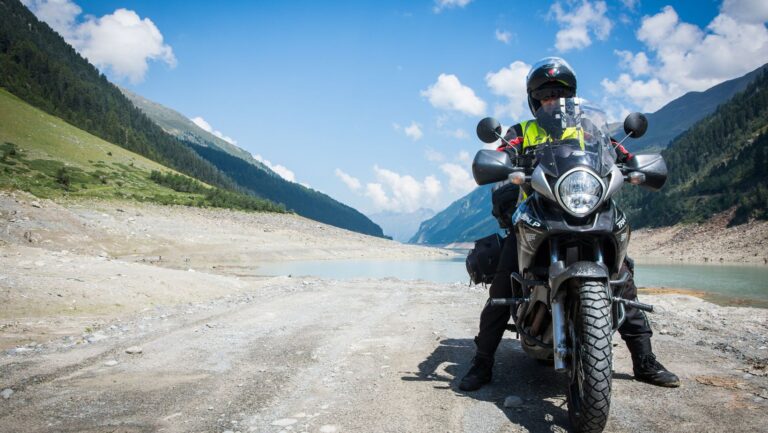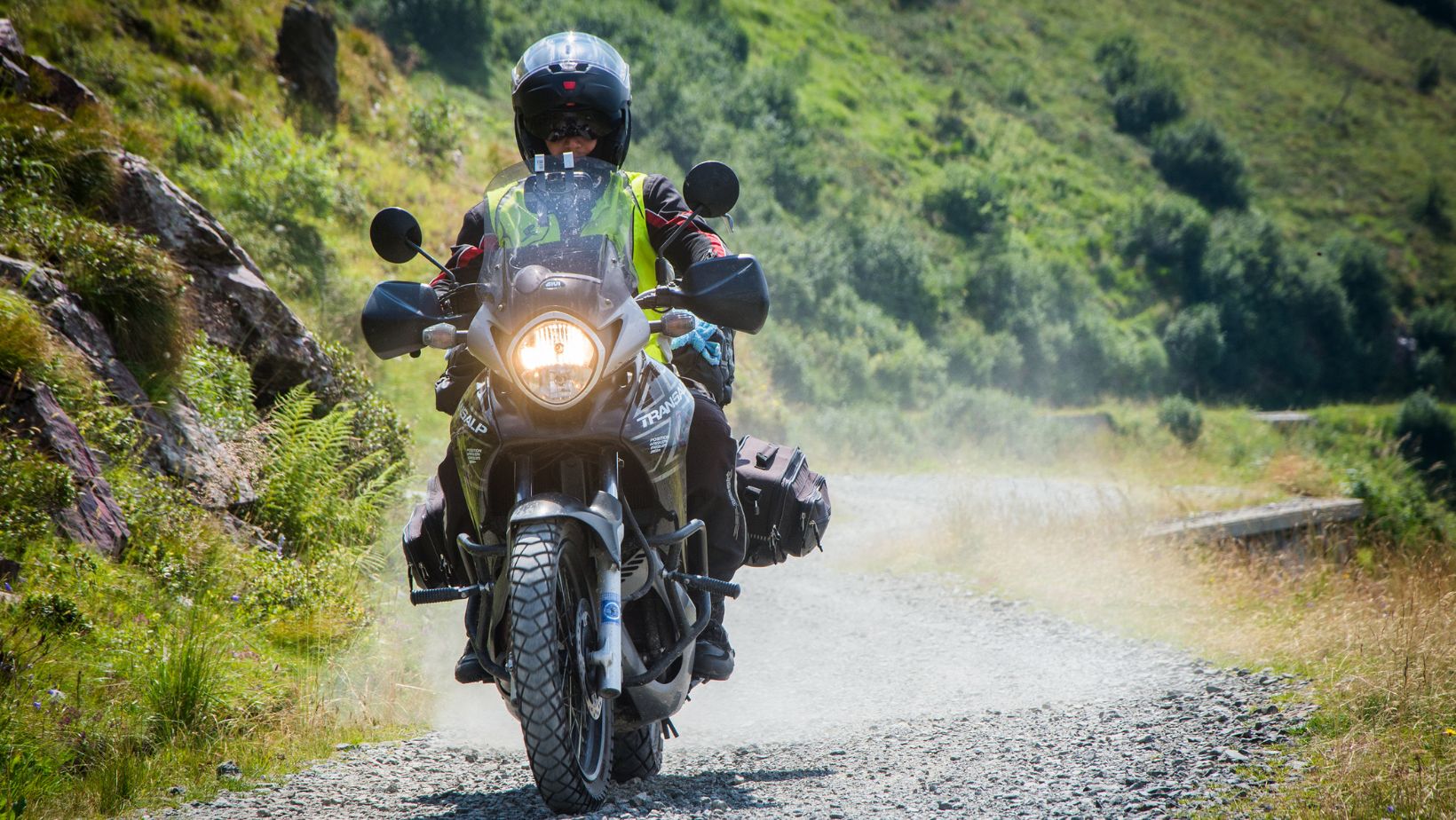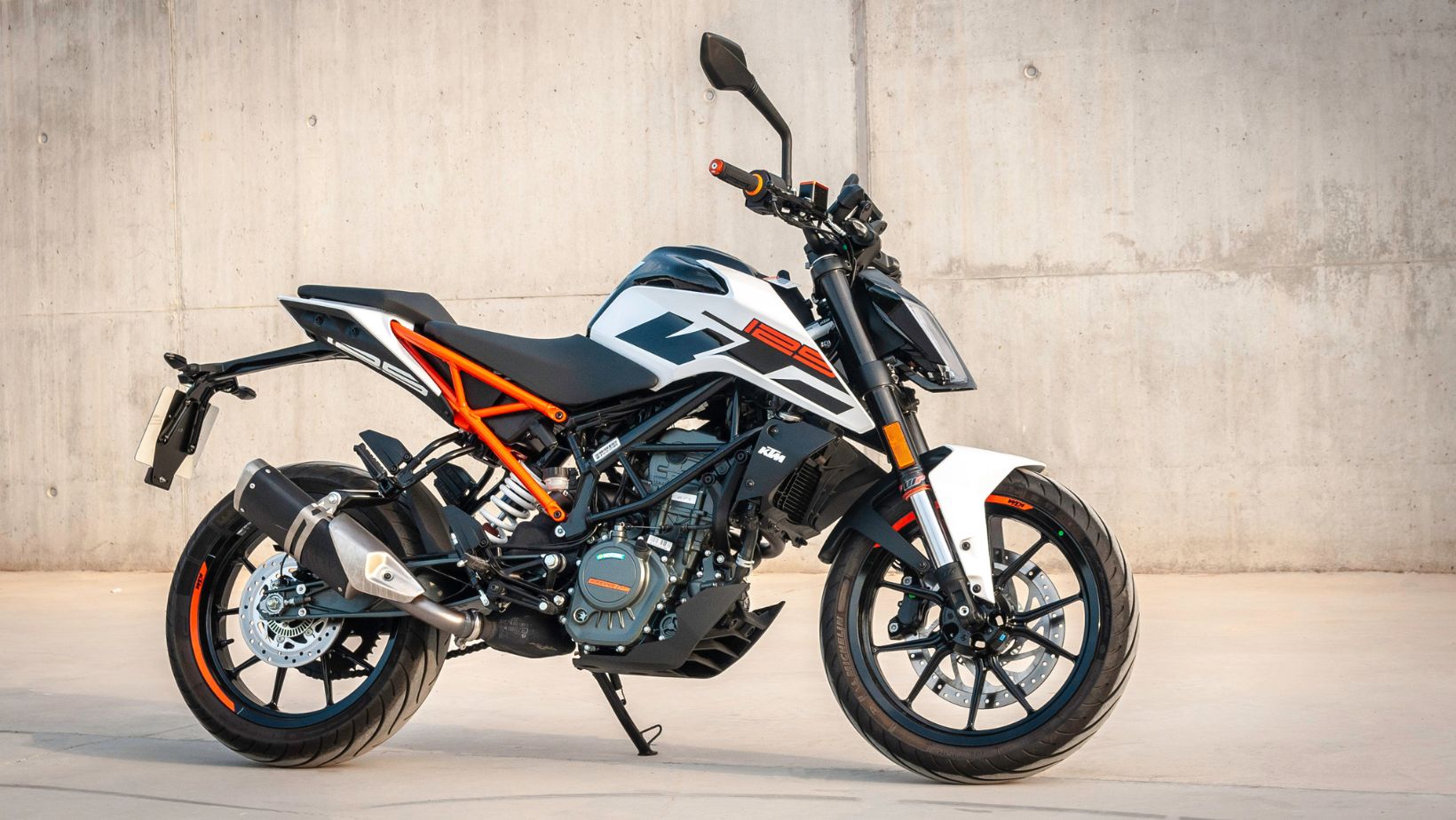Utah offers a unique blend of geography, culture, and road infrastructure that makes it one of the most distinctive states for motorcycle enthusiasts. From high desert plateaus to alpine mountain passes, the terrain invites year-round riding opportunities for those prepared for rapid climate shifts and varying elevations. Combined with a strong historical connection to motorsports and a proactive legislative stance on rider safety, Utah continues to attract riders from across the country and beyond.
Let’s explore some of the elements that define Utah’s motorcycle scene – its community, scenic routes, historic locations, safety culture, and the laws that shape the experience. Whether you’re a visitor planning a tour or a resident considering joining the local scene, understanding the state’s riding environment will help you navigate it with purpose and respect.
A Culture Built on Community and Open Roads
Utah’s motorcycling community is diverse and active, with a strong emphasis on group riding, local events, and skills-based activities. Riders gather regularly for scenic rides, charity runs, and training sessions, often organized informally or through regional riding groups.
These gatherings are common in both urban and rural areas, creating a statewide network that is easy to access for newcomers and experienced riders alike. The Bonneville Salt Flats in Utah have been the site of the annual Bonneville Motorcycle Speed Trials since 2004. This event attracts motorcyclists aiming to set national and world speed records across various classes, including electric motorcycles.
Motorcycling in Utah is more than an individual sport – it’s a shared experience grounded in mutual respect and responsible riding. Community norms emphasize safety, mechanical self-sufficiency, and route planning. Riders tend to support one another on and off the road, reinforcing a culture of trust that’s especially important in the state’s more remote regions.
A Landscape Designed for Touring
Few states offer the topographical variety that Utah delivers to motorcyclists. In a single ride, one can move from dense forests and alpine lakes to red rock canyons and arid plateaus. The state’s southern loop, which includes portions of northern Arizona, is particularly popular due to its visual drama, road quality, and natural landmarks. This route showcases high mesas, winding cliffside roads, and desert expanses ideal for long-haul touring.
Beyond the iconic routes, lesser-known highways in central and northern Utah offer a more secluded riding experience with minimal traffic and well-maintained pavement. These roads often connect small towns and scenic byways, giving riders access to lesser-traveled but highly rewarding paths. Seasonal considerations are key, as snow and flash floods can impact certain areas, especially at higher elevations or in desert basins.
Bonneville Salt Flats – The Pursuit of Speed
The Bonneville Salt Flats hold a central place in Utah’s motorcycling identity. This naturally flat, high-friction surface has been the site of numerous land speed record attempts. The location is known for offering optimal conditions for high-speed riding, and it continues to draw engineers, riders, and mechanics who aim to push the physical limits of motorcycles.
Attempts at record-breaking speeds here are not only about velocity – they also showcase innovation in frame design, aerodynamics, and powertrain configuration. The unique characteristics of the salt surface require careful adaptation, and every successful run is the product of intensive preparation. The Salt Flats serve as a global symbol of extreme performance and technical experimentation, firmly linking Utah with motorcycling history on a world stage.
Legislative Support and Legal Framework
Utah has implemented several motorcycle-friendly policies that reflect both safety concerns and a recognition of the vehicle’s advantages in urban settings. One of the most notable is the legalization of lane filtering, which permits motorcycles to move between stopped vehicles at intersections under certain conditions. This reduces rear-end collisions and allows riders to exit congested areas more efficiently.
Helmet laws in Utah are age-specific: they are mandatory for riders and passengers under 21, while older riders are not legally required to wear one. However, authorities and training programs strongly advocate for voluntary helmet use due to its significant impact on survival rates in the event of a crash.
Safety remains a shared responsibility – but so is knowing what to do if things go wrong. If you or someone you know has been injured in a crash, it’s important to reach out to a trusted Utah motorcycle accident lawyer for guidance on next steps. Other legal requirements include the use of eye protection and daytime headlight operation for increased visibility.
Infrastructure, Education, and Rider Preparedness
Motorcycle safety in Utah is supported through a network of education programs and licensing requirements designed to improve rider competency. Basic and advanced training courses are available for those seeking to enhance their skills or meet state licensing criteria. These courses cover core techniques such as cornering, emergency braking, and hazard anticipation—skills especially important given Utah’s diverse terrain and weather.
The state also benefits from generally high-quality road infrastructure, especially on major highways and scenic byways. Rural routes are typically well maintained, though riders should remain alert for wildlife, sudden weather shifts, and areas with limited cell coverage. Planning for fuel stops is essential in remote areas where service stations may be spaced far apart.
Challenges and Safety Statistics
Despite its strengths, Utah has experienced a rising number of motorcycle-related fatalities in recent years. Contributing factors include increased traffic volume, distracted driving, and insufficient visibility at intersections. In 2024, Utah experienced a concerning rise in motorcycle-related fatalities, reaching a 15-year high with 53 deaths.
To counter this trend, officials are encouraging greater collaboration between motorcyclists and general motorists. Campaigns targeting blind spot awareness, left-turn collisions, and responsible lane sharing are now more visible.
Riders are urged to wear high-visibility gear and to adopt defensive riding habits that compensate for common road hazards. Safety remains a shared responsibility, particularly in a state where motorcycling is growing in popularity.
Final Thoughts
Utah stands out not just for its roads but for its overall approach to motorcycling—as a lifestyle, a form of exploration, and a discipline of skill and self-awareness. Its landscapes provide unmatched opportunities for both casual riders and long-distance tourers. Its communities foster inclusion, preparedness, and mutual respect.
For anyone looking to experience motorcycling in its most varied and rewarding form, Utah offers the full spectrum: scenic immersion, technical challenge, historical depth, and communal support. Whether passing through or settling in, riders will find a state built for the road and a culture ready to welcome them.






